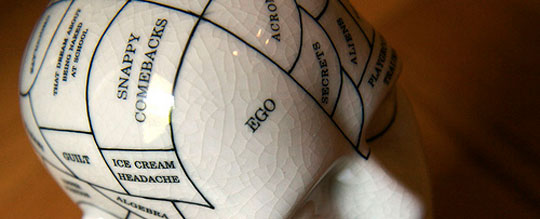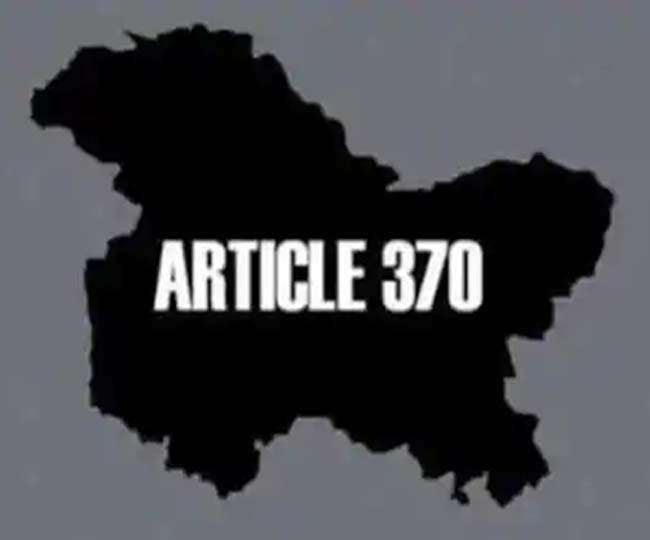Using scientific evidence in a criminal trial is a serious affair because science by definition is exact, uniform and verifiable, and scientific inferences are logically unimpeachable. Therefore, scientific evidence cannot be easily brushed aside. The only way available to disregard a scientific finding or the testimony of an expert witness is to show by cogent reason that either the scientific finding in question has no relevance with respect to the issues in question, or the conclusions arrived at by the expert witness are not based on scientific reasoning but on speculation, or that the scientific process is not reliable for want of consistency. However, so far as narco-analysis is concerned, it falls short of even being a ‘science’ at all, many experts have opined. Dr. P. Chandra Sekharan, a highly regarded expert and former Director of the Forensic Sciences Department of Tamil Nadu, has gone to the extent of calling it “an unscientific, third-degree method of investigation” (The Hindu, May 2, 2007; Pg. 11), and appears to be right with even the Supreme Court of New Jersey agreeing with him in this regard. The New Jersey Supreme Court banned the use of Sodium amytal narcoanalysis in Pitts v. State for lack of scientific reliability.
DAUBERT STANDARD
 Ever since the first reported use of criminal narco-analysis in 1922, the process has been under the scanner with absolutely unflattering results. It is no longer used for therapeutic purposes anywhere in the world though in the 1930s it was used for psychotherapy. Narco-analysis was later extensively experimented with by the US armed forces and the intelligence agencies, especially around the time of the World Wars. However, so far as getting to the truth is concerned, even they did not find narco-analysis a great success. The Central Intelligence Agency (CIA) has conceded that all that these drugs could do is lower the initial resistance but what is revealed during the interview could well be “psychotic manifestations… hallucinations, illusions, delusions or disorientation”. Furthermore, the CIA conceded at the 1977 U.S. Senate hearings that “no such magic brew as the popular notion of truth serum exists”. The studies conducted in the area have also concluded that the person might start talking more uninhibitedly, but that he would speak the truth is certainly not certain. Narco-analysis, thus, takes away the stops off one’s mind and whatever is on the surface of the mind gushes out. This, obviously, does not mean that all of it is true because human beings do not always think of the true, concrete and actual facts but also about dreams, wishes and fantasies. There can be a situation when after intense interrogation, all that the person has on his mind is the crime and might also start associating himself closely with the thoughts and feeling of the interrogator about the crime. In such a situation if the person is subjected to narco-analysis, his statements might start reflecting the interrogators thoughts inextricably mingled with his own thoughts, the true facts and the images that cropped up in his mind during the investigation. This could mislead the investigation and may also lead to miscarriage of justice in part or in whole. The courts across the world are aware of this position. Therefore, in order to judge the legal admissibility of scientific evidence, scientific study and, in particular, expert testimony the Supreme Court of the United States evolved what has now come to be known as Daubert Standard in 1993.
Ever since the first reported use of criminal narco-analysis in 1922, the process has been under the scanner with absolutely unflattering results. It is no longer used for therapeutic purposes anywhere in the world though in the 1930s it was used for psychotherapy. Narco-analysis was later extensively experimented with by the US armed forces and the intelligence agencies, especially around the time of the World Wars. However, so far as getting to the truth is concerned, even they did not find narco-analysis a great success. The Central Intelligence Agency (CIA) has conceded that all that these drugs could do is lower the initial resistance but what is revealed during the interview could well be “psychotic manifestations… hallucinations, illusions, delusions or disorientation”. Furthermore, the CIA conceded at the 1977 U.S. Senate hearings that “no such magic brew as the popular notion of truth serum exists”. The studies conducted in the area have also concluded that the person might start talking more uninhibitedly, but that he would speak the truth is certainly not certain. Narco-analysis, thus, takes away the stops off one’s mind and whatever is on the surface of the mind gushes out. This, obviously, does not mean that all of it is true because human beings do not always think of the true, concrete and actual facts but also about dreams, wishes and fantasies. There can be a situation when after intense interrogation, all that the person has on his mind is the crime and might also start associating himself closely with the thoughts and feeling of the interrogator about the crime. In such a situation if the person is subjected to narco-analysis, his statements might start reflecting the interrogators thoughts inextricably mingled with his own thoughts, the true facts and the images that cropped up in his mind during the investigation. This could mislead the investigation and may also lead to miscarriage of justice in part or in whole. The courts across the world are aware of this position. Therefore, in order to judge the legal admissibility of scientific evidence, scientific study and, in particular, expert testimony the Supreme Court of the United States evolved what has now come to be known as Daubert Standard in 1993.
Daubert Standard and Narco-analysis
Daubert Standard is a legal precedent set in 1993 by the Supreme Court of the United States in Daubert v. Merrle Dow Pharmaceuticals, 509 U.S. 579 (1993). Daubert motion is brought in before or during trial for the exclusion of the testimony of an expert witness, who, in the opinion of those raising the objection, is either not an expert witness or has used questionable means to obtain the information or the inference he draws are based largely on speculation. According to the US Supreme Court, for any scientific evidence to be of use in legal proceedings there are four essentials to be satisfied. These are:
-
The theory or technique must be falsifiable, refutable, and testable.
-
It should have been subjected to peer review and publication.
-
Its potential error rate should be known and also the existence and maintenance of standards concerning its operation.
-
The theory and technique should also be generally accepted by a relevant scientific community.
Now, as we already know that narco-analysis is not considered to be a reliable science when it comes to getting the truth out of a suspect. At best it can make the person talk, nothing more. However, the authorities and some of the experts involved vouch for its reliability, but that cannot supply the requirement of peer review and publication. The specific methods being used at Forensic Science Laboratory, Bangalore have neither been peer review, nor has it data been published. So far as narco-analysis generally is concerned, those who have been using it for decades now (CIA etc.) have categorically stated that the method is far from exact and quite unreliable for the purpose of getting the truth from a person. Therefore, there is no question of its being ‘generally accepted by a relevant scientific community’. On the contrary many experts, like Dr. P. Chandra Sekharan, do not even consider narco-analysis a science.
Therefore, the position is that narco-analysis is gaining currency and judicial acceptance despite that it is a doubtful ‘science’ and is considered highly unreliable. Besides, its constitutionality is far from settled and from the look of the things it seems that it may not sail through a rigorous constitutional scrutiny. Moreover, narco-analysis is weak vis-à-vis human rights and also increases the possibility of a gross miscarriage of justice. In such a situation we need to do a serious rethink about whether or not we want it to be a part of our crime investigation technique, which it is fast becoming. Rushing things in this regard could be disastrous.
Originally written for and published in LAWYERS UPDATE (July 2007 issue) as part of a three-part Cover Story.





